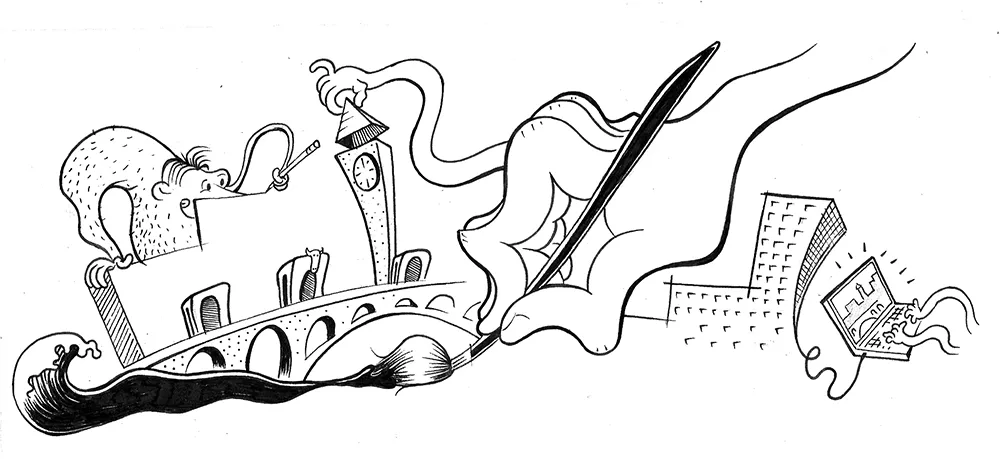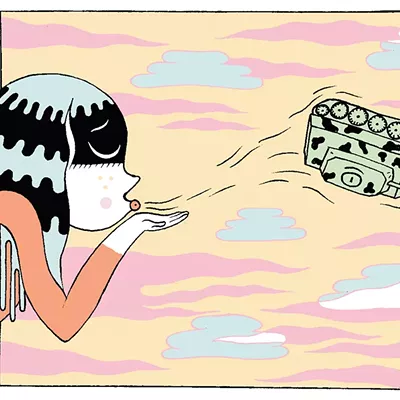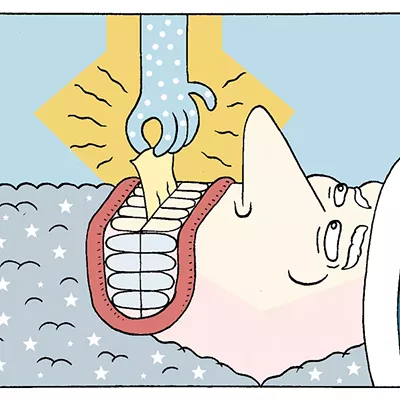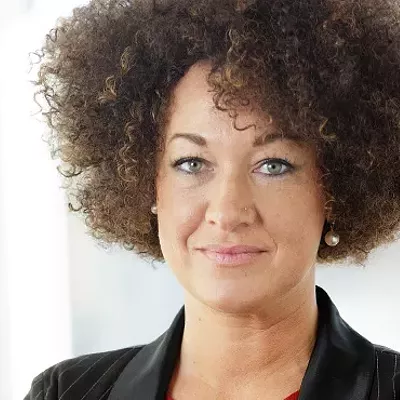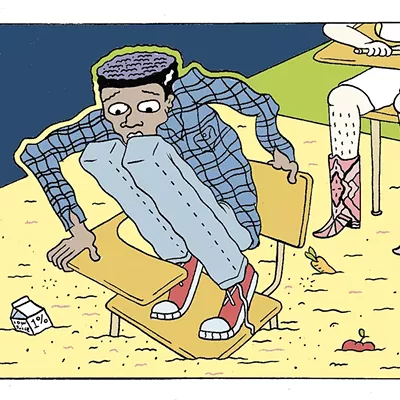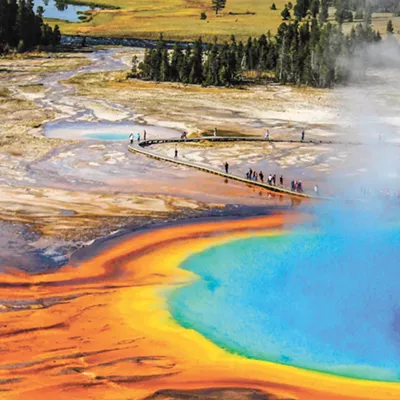Last week, Spokane County gained almost 7,000 jobs. Like, poof!
They aren't new jobs. It's just that the people responsible to count such things had never really bothered to count them before. That's a lot of employment to find between the couch cushions.
For a sense of scale, Greater Spokane Incorporated tells us that Fairchild employs about 6,000 people. In health care, Sacred Heart, Deaconess and the Rockwood network together employ about 5,300. GSI didn't find these unaccounted-for jobs, though. The newish executive director of the Spokane Arts Fund, Shannon Halberstadt, did.
Halberstadt had gone to GSI looking for creative economy jobs numbers and was met with a polite shrug. So she convinced GSI, the city of Spokane and Eastern Washington University to help commission a survey of the Creative Vitality Index (CVI). The CVI rates cities based on both employment in creative fields and people's participation in the arts. When it was complete, poof! Seven thousand jobs.
Overnight, the creative economy became Spokane's 10th largest employment sector, behind mining but ahead of transportation. We pay a surprising number of people to make art — everyone from animators to architects, flutists to filmmakers.
But here's the thing: To be competitive, that number needs to double.
And I don't just mean competitive in the arts. I mean competitive as a "City of Choice," the sort of place where people choose to live because of its quality of life, its cultural vibrancy and its excellent jobs.
After everything was tallied — arts jobs, book and record store sales, performing arts attendance, art gallery attendance — Spokane received a CVI score of .78, 22 percent below the national average.
When you compare our numbers to GSI's benchmark cities like Seattle, Boise and Salt Lake City — our direct competitors for talent across the entire economic spectrum — things get bleak. We're at the bottom, just below Boise and way below everyone else.
But why does cultural vitality matter?
In the new economy, people tend to work where they want to live, not the other way around. Madison, Wis., a city about the size of Spokane with a CVI of 1.35, has made a killing off leveraging its cultural clout to keep the smartest young minds coming out of the University of Wisconsin in town and innovating.
Their graduates don't go to Google. Google came to them in 2008, opening an office.
We're a lot like Madison. We have a great health care industry, universities, kick-ass advertising and burgeoning biotech. What we don't have is a citywide commitment to creating a culture that keeps our smartest people here.
In 2013, when Spokane was busy kicking the city's Arts Department out of City Hall, Madison adopted a plan affirming the central place of art in sparking innovation. They know it works because they've seen it work. We need to take that same journey, fast.
Here's a little good news: An ArtsWA report published in December found that creative jobs in Spokane grew by 10 percent last year, faster than anywhere else in the state, even Seattle. If we can do that on our own, imagine what might happen if City Hall and GSI gave as much help to the creative sector as they give aerospace. ♦
— Luke Baumgarten, a creative strategist at Seven2 and former culture editor of the Inlander, is a co-founder of Terrain and the founder of Fellow Coworking.
CORRECTION: This column has been changed to reflect the current job numbers at Fairchild, which, say officials, employs about 6,000 people.

